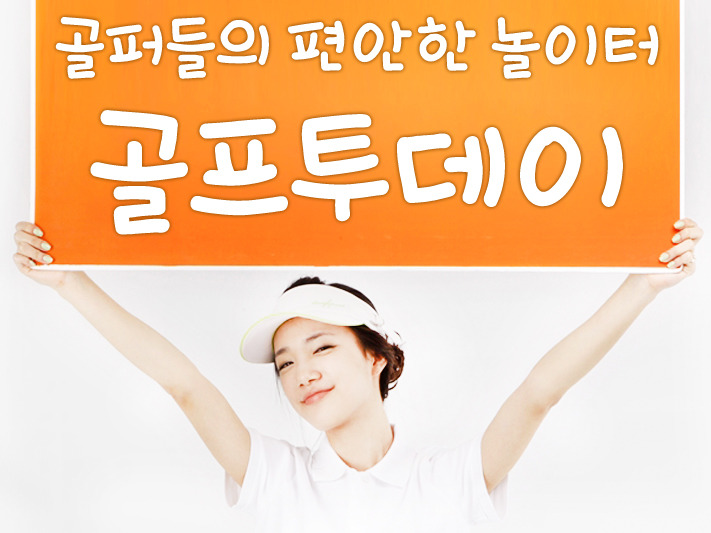Grounding Techniques for Anxiety: A Simple Approach to Restoring Calm and Balance
Introduction: Anxiety and the Need for Grounding
In today’s fast-paced world, it’s easy to feel disconnected from both your surroundings and your inner self. Anxiety can make the present moment feel overwhelming, and your mind may race with negative thoughts and worries. Fortunately, there’s a simple yet powerful solution: grounding techniques.
Grounding is a practice that helps you reconnect with the present moment by shifting your focus away from anxious thoughts and back to your body or the environment around you. By engaging in grounding, you activate your body’s natural ability to calm itself, restore balance, and regain clarity. This article explores the most effective grounding techniques for anxiety and how they can help you reclaim control over your mental state.
1. What is Grounding and How Does It Work?
Grounding techniques work by helping you anchor your attention to the present moment. They’re designed to help break the cycle of anxious thoughts by focusing on your body, your breath, or the world around you. Grounding redirects your focus, reconnecting you with your senses and helping you feel more in control of your mental state.
Research has shown that grounding can:
- Reduce anxiety by calming the autonomic nervous system
- Improve emotional regulation, making it easier to manage stress
- Help release pent-up energy associated with anxiety
- Enhance mindfulness, leading to improved self-awareness and clarity
2. Simple Grounding Techniques for Anxiety Relief
1. The 5-4-3-2-1 Grounding Exercise
This is one of the most popular grounding exercises because it engages all five of your senses, helping you connect with the present moment:
- 5 things you can see: Look around and identify five things in your environment.
- 4 things you can touch: Feel the texture of objects around you.
- 3 things you can hear: Listen for sounds in the background, like traffic, birds, or the hum of the air conditioner.
- 2 things you can smell: Close your eyes and focus on the scents in the air or nearby objects.
- 1 thing you can taste: Take a deep breath and notice any lingering taste in your mouth, or drink a sip of water.
This exercise helps bring your attention back to reality and away from overwhelming thoughts.
2. Deep Breathing (Diaphragmatic Breathing)
Slow, deep breaths can have a calming effect on your nervous system. The key is to focus on breathing deeply into your diaphragm, rather than shallow breaths from the chest. Diaphragmatic breathing activates your parasympathetic nervous system, helping you relax.
- Sit comfortably with your hands on your belly.
- Inhale deeply through your nose, feeling your belly rise.
- Exhale slowly through your mouth, feeling your belly fall.
- Repeat this for 5-10 minutes, focusing on your breath.
Deep breathing is particularly helpful in high-stress situations and can help you regain control of your emotions.
3. Body Scan Meditation
A body scan helps you connect with your physical body, releasing tension and bringing awareness to each area. This exercise involves mentally scanning your body from head to toe, noticing any sensations of tightness or discomfort.
- Lie down in a quiet space or sit comfortably.
- Start by focusing on your toes, and mentally note any tension, warmth, or coolness in that area.
- Slowly move up through your body, paying attention to each area as you go — feet, ankles, calves, thighs, abdomen, chest, arms, neck, and head.
- If you notice tension or discomfort, take a deep breath and consciously release it.
The body scan helps release built-up tension and encourages mindfulness, reducing anxiety and stress.
4. Walking Barefoot (Earthing)
One of the most natural grounding techniques is to walk barefoot on natural surfaces like grass, sand, or soil. This practice, also known as earthing, helps you physically reconnect with the Earth and its energy. Studies have shown that walking barefoot can help reduce inflammation and stress while promoting feelings of calm and well-being.
- Find a natural space where you can walk barefoot safely.
- Take slow, mindful steps, feeling the texture of the ground under your feet.
- Pay attention to the sensations and the coolness or warmth of the earth beneath you.
Walking barefoot can instantly reduce anxiety and is a great way to clear your mind.
5. Visualization Grounding
Visualization is a technique that uses the power of mental imagery to calm the mind. In this exercise, you imagine yourself in a safe, peaceful place, allowing your mind to focus on that environment.
- Close your eyes and imagine a peaceful scene (e.g., a beach, forest, or garden).
- Focus on the sensory details of the scene — the sound of waves crashing, the smell of fresh flowers, or the warmth of the sun.
- Spend 5-10 minutes imagining yourself in this calming environment, allowing the mental imagery to reduce your anxiety.
Visualization is particularly effective if you’re in a stressful situation and need to quickly calm your mind.
3. The Benefits of Grounding for Anxiety
- Immediate Stress Relief: Grounding techniques help shift your body from the fight-or-flight response to a calm state.
- Reduced Physical Tension: Many grounding exercises help release muscle tension that may be caused by anxiety.
- Increased Mindfulness: By focusing on the present moment, grounding techniques help you reduce overwhelming thoughts and feel more in control.
- Improved Emotional Regulation: Regular grounding helps you build resilience to emotional triggers, making it easier to handle stress and anxiety in the long run.
4. Additional Tips for Managing Anxiety with Grounding Techniques
- Practice Regularly: Make grounding part of your daily routine. The more consistently you practice, the more effective it will be when anxiety strikes.
- Combine Techniques: You can combine grounding with other mindfulness practices, such as meditation, journaling, or yoga, to enhance its effects.
- Stay Patient: It may take a few tries to feel the full benefits of grounding, so be patient with yourself and keep practicing.
Conclusion: Find Calm and Control Through Grounding
Grounding techniques offer a simple yet effective way to manage anxiety and reconnect with your inner peace. By using the power of your senses and engaging in mindful practices, you can reduce stress, improve emotional balance, and regain control of your mind. Whether you’re walking barefoot in the grass or practicing deep breathing, grounding is a powerful tool to help you find calm and clarity in a chaotic world.
grounding techniques for anxiety, grounding for stress relief, how to calm anxiety naturally, earthing for mental health, reduce anxiety with grounding, grounding breathing exercises, mindfulness grounding techniques, manage stress with grounding, grounding exercises for emotional balance, anxiety relief through body awareness




